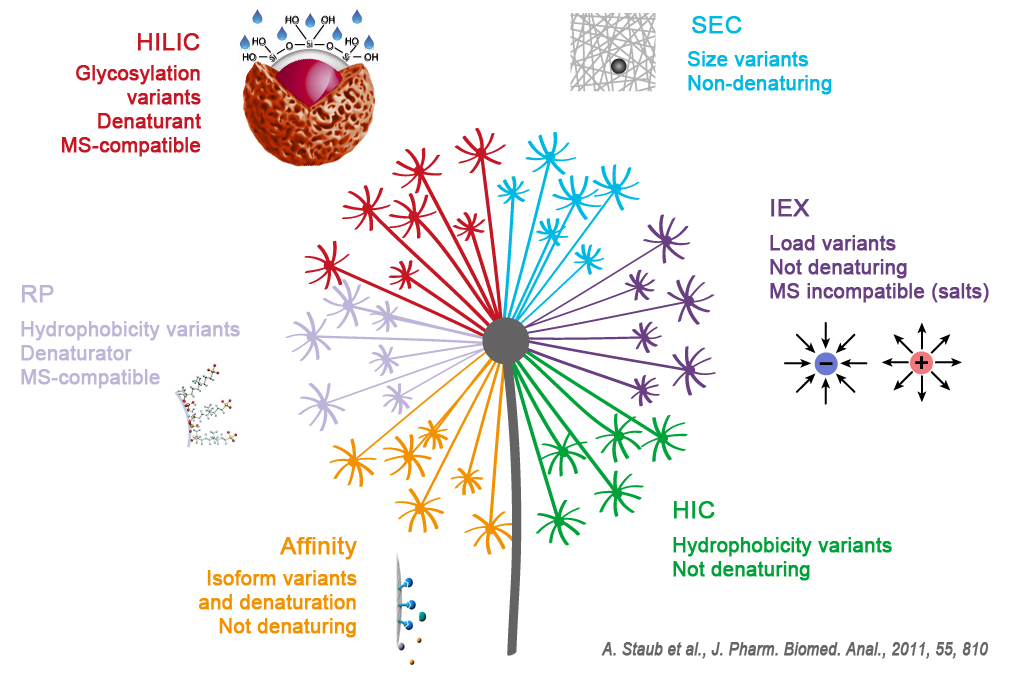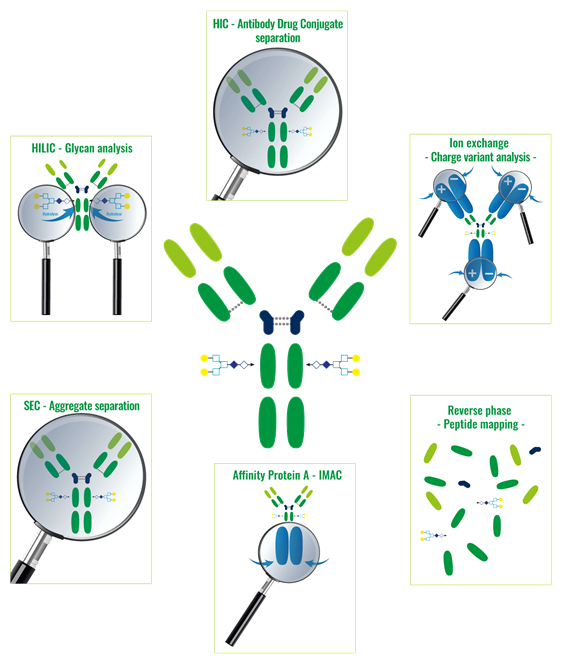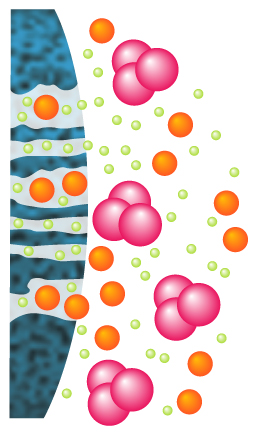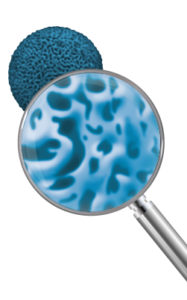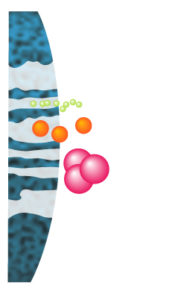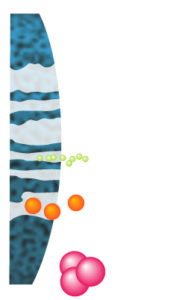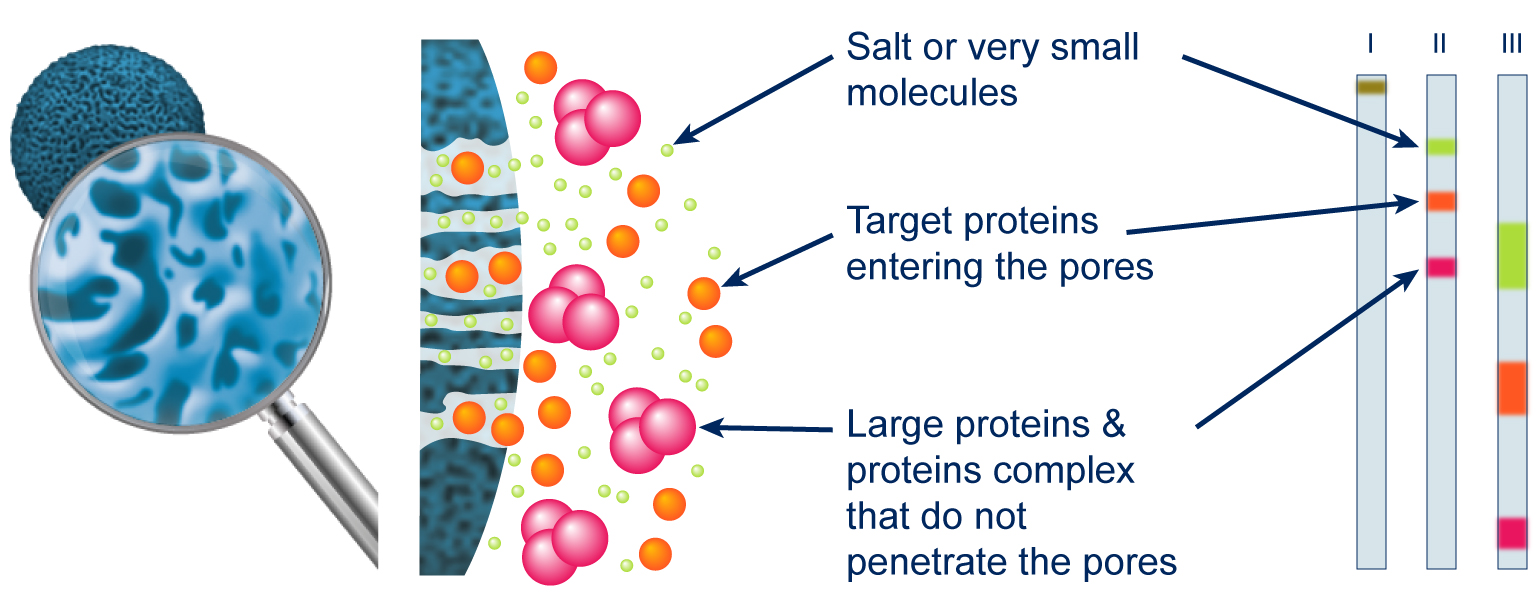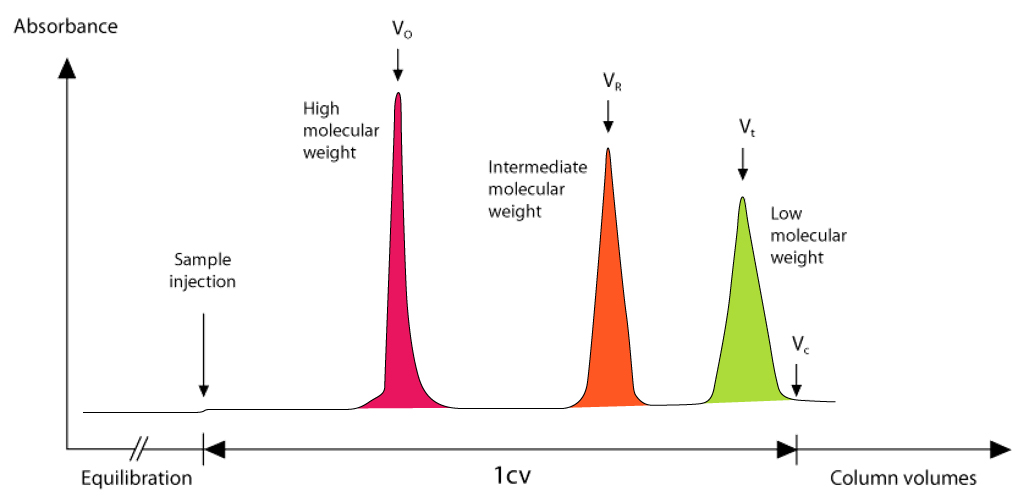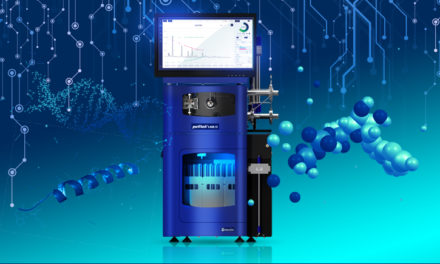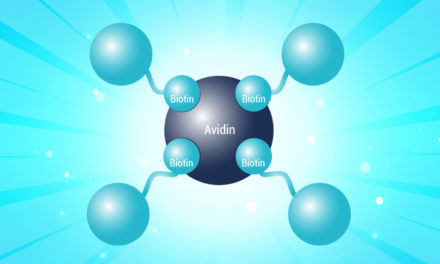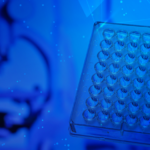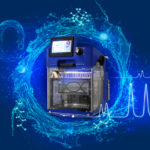To follow our set of articles speaking about proteins purification technics, today we are focusing on the SEC (Size Exclusion Chromatography), separation of molecules according to their size.
In the CEP strategy (Capture, Enhance, Polishing) among all the technics available, SEC is the most often used.
SEC – Size Exclusion Chromatography
With this technic molecules are discriminated according to their size. The elution order is inversely proportional to the proteins hydrodynamic radius (the biggest molecules are excluded first).
The chromatographic resins (polymeric, silica or agarose) is modified in order to avoid any interactions with proteins. Thus elution is strictly isocratic.
To get the highest efficiency the stationary phase porosity must be strictly defined.
Numerous mobile phase are possible but all of them must:
- Solubilize the sample
- Gel swelling
- Detector compatibility
- Isocratic
Buffers ex: TRIS, phosphate, NaCl, & neutral detergent
SEC pathway
Column size influence the separation
Increasing the length improves the resolution.
One column |
Two columns |
 |
 |
Typical bed length
Analytical/Micropurification column: 300mm
Preparative column: 600 – 1000mm
Know more:
- Contact us: interfine@interchim.com
- Visit our website: www.interchim.com
- Our previous articles about proteins purification techniques:
– Guide: Analysis and purification technics of biologicals molecules
– Analysis & purification of proteins: all about Ion Exchange Chromatography (IEX)
– Protein purification technics : Affinity - Follow our news on LinkedIn


